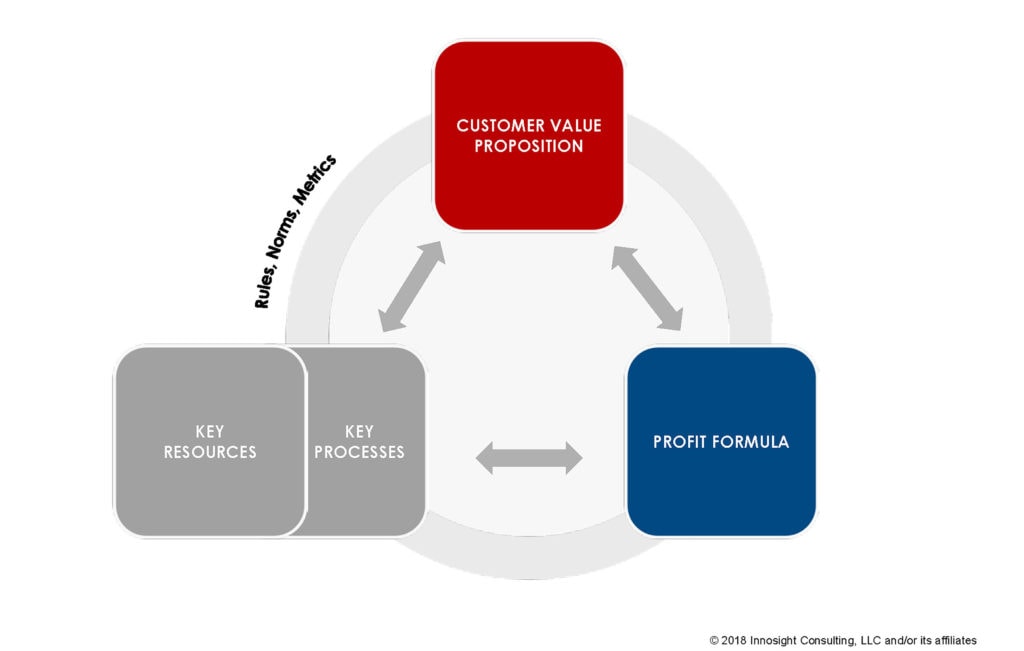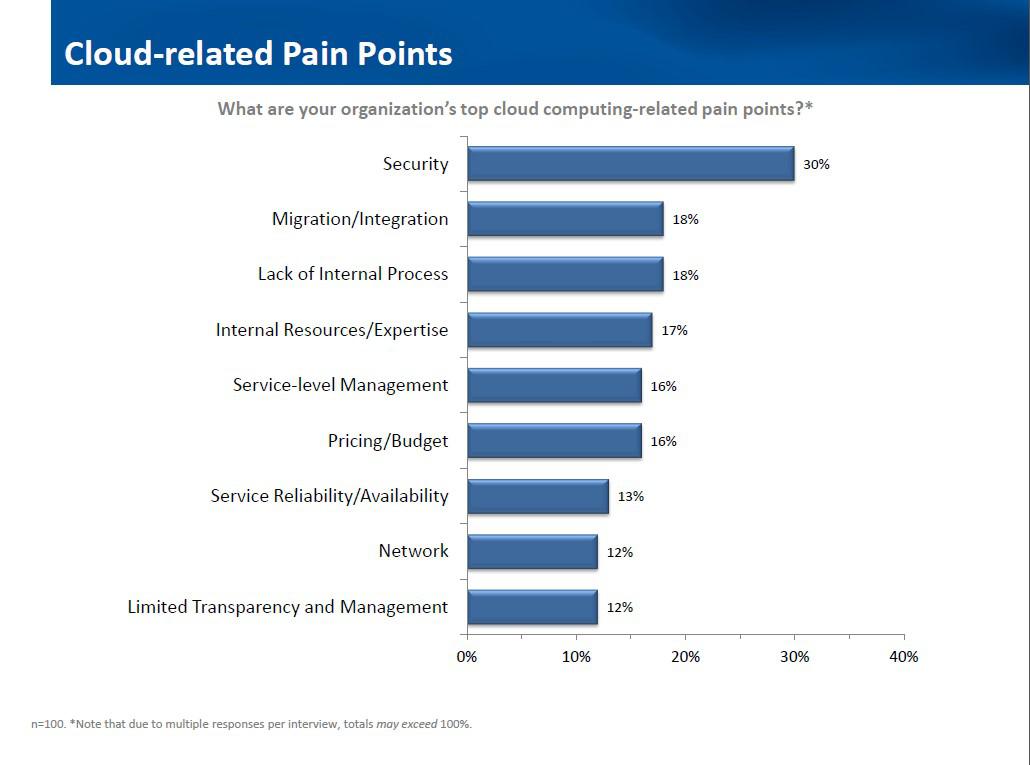Design Anthropology and the IT Leader
Leveraging the synthesis of design practice and the study of human culture and behavior
Who is responsible for design in your IT department? If your answer is your Architecture or Business Analyst teams then you may be missing a vital factor. Take a moment to reflect on what design really means and who utilizes the outcome.
Design is led by the individuals and groups that populate your organization’s ecosystem; in internal departments, trading partners, service providers and customers. They grapple daily with sets of increasingly complex information. Where they may have once begrudgingly accepted what was offered, modern consumers will not sit idly by if presented with systems and processes that are increasingly misaligned to their needs.
This shift in behavior means how you manage design (in particular, your service design) must change. Now is the time for the CIO of the Future to consider design anthropology – a powerful, emerging practice that blends the study of humankind with design thinking.
Why the old ways aren’t working
Business problems are often resolved with the materials and capabilities that are on hand. This makes sense if operating in a steady state. Leveraging existing assets means that organizations can make the most of what they have already invested in.
The problem is that an organization does not operate in isolation. Their operating environment is influenced by changes in the competitive landscape, the emergence of new technology and shifts in social behavior.
These changes are not under your control. As a leader you will find yourself increasingly unable to respond to such chaotic and fluid influences with binary and linear solutions. A direct technology or process response will be insufficient. Relying on history (doing the same things you’ve always done) or adopting best practice (copying what others have done) will burn a lot of energy and resources with an ineffective result.
The “I” in CIO is not solely about the provision of information. It is about how it is gathered, shared and applied for the best outcome.
Consider the following trends:
- Organizational Structures are moving away from functional demarcation towards an integrated social enterprise
- Leadership is shifting from a task and goal setting style to one that uses coaching and behaviors to support the achievement of outcomes
- Service-based organizations are needing to consider their team members less in terms of being a utility and more as consumers of process and data
- Process management is changing from an ordered, sequential set of steps to a non-linear model
- Problem solving and solution creation methods are transforming from a traditional variance-reduction discipline to a more fluid, iterative approach
- Data analysis and decision making is extending beyond that which is collected and analyzed by a single organization and requires the integration of data from diverse sources
- Information systems architecture is shifting from being of singular-purpose towards a blended, adaptable footing which is increasingly difficult to understand
These trends create a major challenge for the traditional practice of design. An isolated, once-off exercise undertaken at the beginning of a project will not produce a sustainable and effective result. This is where design anthropology comes in.
Introducing design anthropology
Systems analysis and design is generally recognized as a defined set of processes followed by individuals or small groups who work in relative isolation from consumers. They produce a concept or specification that is then handed off to engineers to be built. This rigid, closed-door approach results in design outcomes that are no longer meeting consumer needs.
In contrast, design anthropology brings together the dynamic study of people and their behavior with the practice of design. According to Design Anthropologist Julie Cook, key aspects of this practice are that it is:
- Multi-disciplinary; the diversity of perspective and behaviors is critical
- Group and socially inclusive; opinions matter strongly and must be identified and captured
- Critical that participants and leaders embrace ambiguity
- Taking a holistic, systems view of the organization
- Beyond “design thinking” and goes to the origins of consumer action and response
- Radical, in the sense that it is transformational and revolutionary
Supporting this approach, Cook says, is the application of the social science of ethnography – the “collection of data about people through direct observation and interaction”. This change of focus – from what people say they do to what they actually do – is the ignition point for true innovation. Without this, leaders will be faced with a growing gap between what the consumer desires and the solutions being offered to them.
Expanding the concept of the “consumer” to include the wider workforce of an organization results in a shift in thinking. Team members are no longer seen solely in their role as a “utility” where the most productivity can be yielded, but as consumers of the data, tools and processes that they work with. This is increasingly the case in service-based organizations where people, to put it bluntly, are an organization’s raw materials and processing machines rolled into one.
If the creativity and curiosity of employees is constrained by traditional management methods in the workplace, then it will find ways of manifesting elsewhere. Ideally you want that energy to be directed inwards, to your organization.
Applying the principles
It takes a fundamental shift in how you lead your team to introduce and support the principles of design anthropology. There is no fixed recipe, however Cook provides some essential guidance:
- People and coaching. The ability to lead people through change is an increasingly sought after skill. Changing the way things are done consumes considerable time and effort. Your people will be watching you, and taking a cue from how you are seen to support their design approach. They have an emotional value system that is influenced by their consumer experience. Be aware of organizational norms that may have a negative influence on them, such as feeling the need to conform to a set of pre-existing rules and patterns of behavior.
- Systems thinking. Design thinking and the impact of consumers cannot be pinned down to a single process or department. Any organization is a set of interdependent systems. Influence mapping tools together with open and critical brainstorming help to uncover the impact of new ideas on far reaching aspects of your organization and the environment it operates within.
- Data valency and the missing context. In chemistry, valency refers to the number of bonds or connections an atom can make with another to form a molecule. Valency is an important concept to consider with collections of data. By itself, the data forms an incomplete view of a particular, often narrow, aspect of your business. Go looking for how this data can be joined with other sets and experiment with combining them. Fresh information will emerge as a result, similar to that of a chemical reaction. Use this to explore different outcomes that a single set of data is unlikely to reveal.
- Measurements. In a traditional process measurements are made on an absolute (it fits the criteria/tolerance, or it doesn’t) basis. Most organizations will expect formal measures to support the investment required to achieve the outcome. However this must be complemented by measuring consumer sentiment, design success and emotional values. This is especially the case as a result may be many factors removed from the original problem being studied. Observation of how consumers actually use the resulting solution, together with conversations which capture their delight, displeasure or disinterest in the outcome are also important.
- Embracing workaround. As frustrating as they can be for a CIO, the implementation of workarounds, also called “shadow IT”, is on the rise. Cook advises that CIOs should fight off their initial reactions to shut them down, as they can be an indication of what people really want. In some environments it may be necessary to do this for compliance and control reasons. However, in effect what has been created is the voice of your consumers saying “this represents what we want.” The CIO of the Future has a role to play in ensuring a continued dialogue as well as supporting initiatives that produce and sustain new insights in an organization. In the emerging workforce where team members cannot recall a time before pervasive internet and personalized devices, this will be an increasingly tough battle for a command-and-control CIO to fight. But it is not a declaration of war; it is a conversation starter about what is desired and needed.
Leaders in design anthropology practice include the Mayo Clinic, Xerox, IBM and Intel, in particular through the work of Genevieve Bell.
How would you go about applying the principles of design anthropology to your organization? Have you seen examples of where it has produced surprising results?





